10 Places to avoid Traveling during Monsoon in India

The Indian monsoon is a force of beauty and drama. Rain-fed rivers burst back to life, forests turn a lush emerald, and waterfalls gush with newfound energy.
The scent of wet earth becomes irresistible, and travel plans start to take shape. After all, what’s more romantic than misty hills and cloudy skies?
But the monsoon, while mesmerizing, can also be merciless. Roads vanish under landslides, ferries get cancelled mid-journey, and peaceful valleys flood without warning. In such moments, wanderlust gives way to worry.
That’s why, no matter how tempting your Instagram feed looks, some destinations are best avoided during the monsoon, not forever, just for now.
Let’s take a thoughtful walk through the places where caution outweighs curiosity when the rains arrive.
When the Skies Turn Wild: Places to Avoid Traveling During Monsoon in India
1. Cherrapunji & Mawsynram, Meghalaya: The Wettest Places on Earth
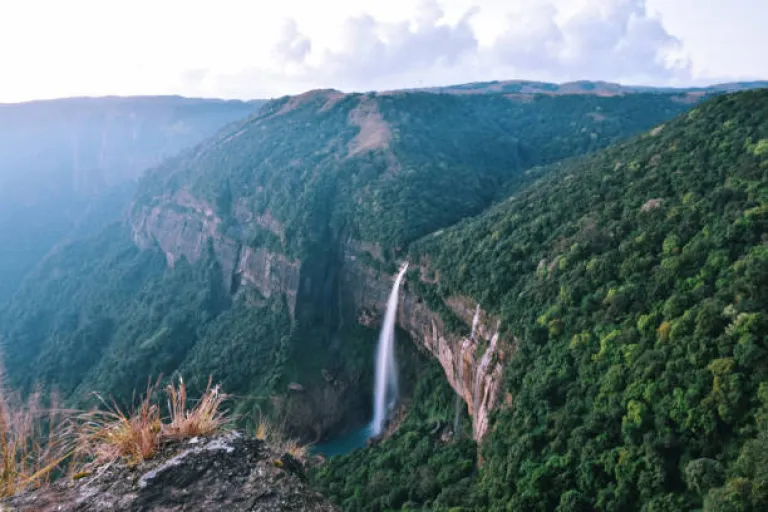
These two towns aren’t just famous, they’re soaked in legend, literally. Receiving over 10,000 mm of rainfall annually, Mawsynram and Cherrapunji live under a monsoon cloud for weeks at a stretch. Roads turn into rivers. Fog hides the cliffs. Trekking trails wash away.
Why Avoid:
Landslides and poor visibility make travel tricky and even dangerous. You’re often stuck indoors, unable to explore the very beauty you came for.
Better Season to Visit:
October to March, when the rains recede and the waterfalls remain full.
Also read: Cherrapunji Travel Guide: Best Time to Visit and Things to Do
2. Munnar, Wayanad & Western Ghats, Kerala: Where Green Turns Unstable
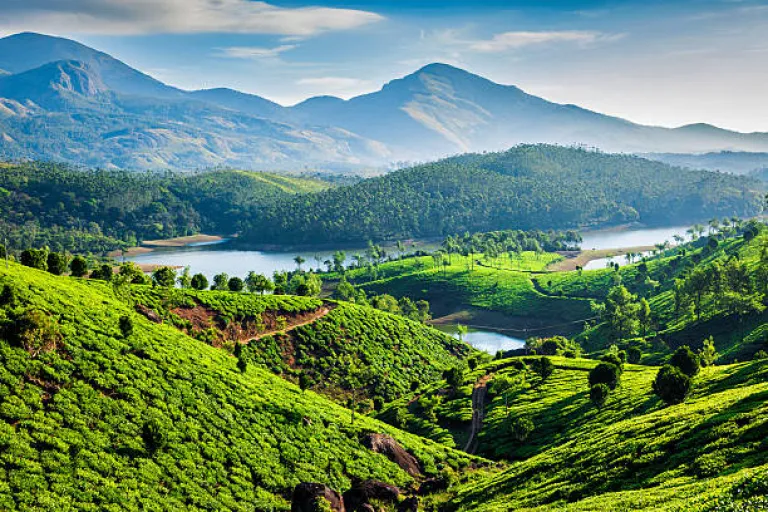
Kerala is called God’s Own Country, but even divine beauty needs boundaries. During the peak of monsoon, hill stations like Munnar, Wayanad, and Idukki experience frequent landslides, overflowing rivers, and closed-off hill roads.
Why Avoid:
While the landscapes are stunning, travel routes are often blocked and mobile connectivity fails in remote areas. Rescue operations and road repairs can delay your trip unexpectedly.
Visit Instead:
Opt for the same destinations post-monsoon, between October and December, when nature is vibrant and safe.
3. Spiti Valley, Himachal Pradesh: Desert Landscapes Don’t Like Rain
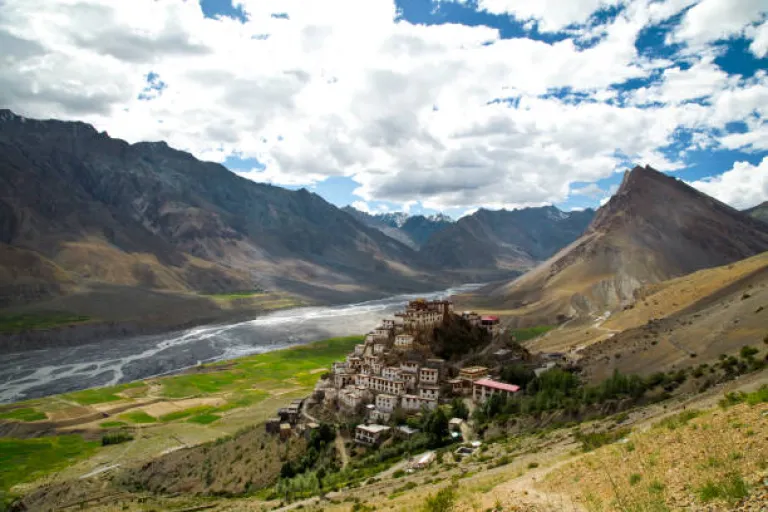
Spiti, known for its stark beauty and rugged roads, is not built for wet weather. Though technically a rain-shadow region, its access roads, especially from Manali, are extremely prone to landslides and flash floods during monsoon.
Why Avoid:
A minor landslide can delay travel by days. In remote villages like Kaza or Dhankar, you're left with little connectivity and few emergency services.
Safer Window:
Travel during late May to early July or September, when skies are clearer and the terrain is more forgiving.
4. Char Dham Yatra Route, Uttarakhand: A Pilgrimage Through Peril
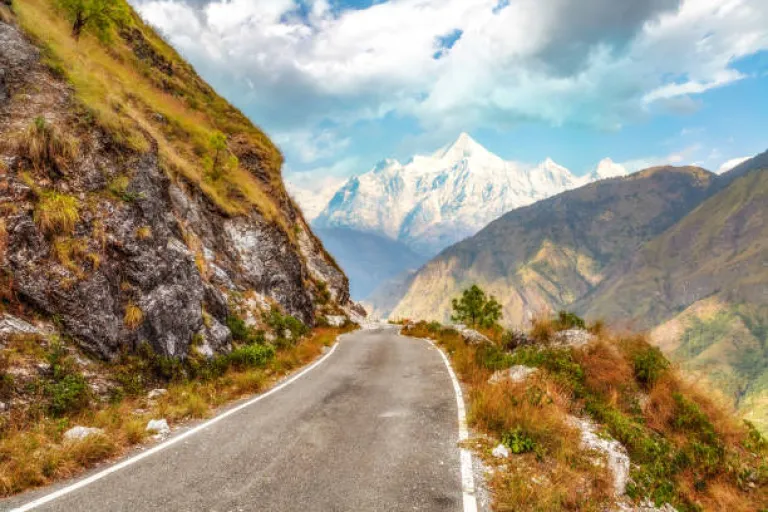
The sacred journey to Kedarnath, Badrinath, Gangotri, and Yamunotri draws thousands every year. But from mid-July to mid-August, this route is one of the riskiest places to be.
Narrow cliffside roads become wet and fragile, and rains trigger massive landslides and flash floods.
Why Avoid:
Every monsoon season, countless pilgrims are stranded or diverted due to collapsed roads. In recent years, cloudbursts have caused devastation in the region.
When to Visit:
May to early June or post-monsoon in September–October for a safer, more peaceful pilgrimage.
5. North Sikkim: Where Landslides Write the Itinerary
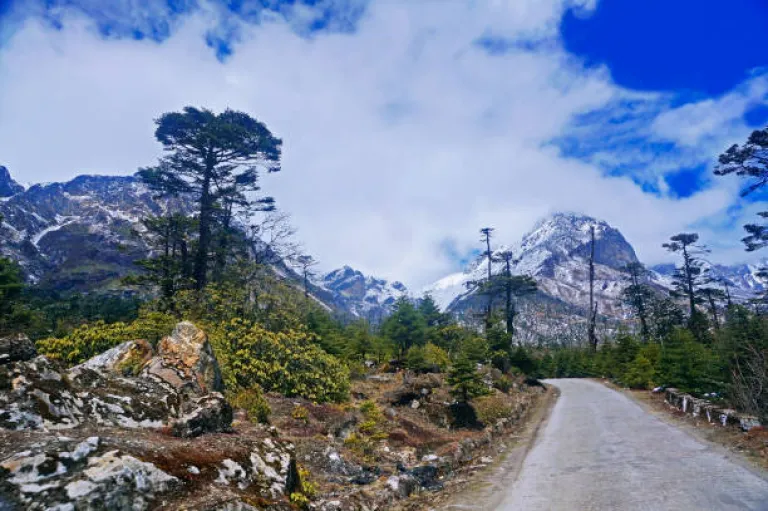
Lachung, Lachen, Yumthang, and Gurudongmar in North Sikkim are some of India’s most scenic, remote destinations. But come monsoon, the same remote charm becomes a logistical nightmare.
Why Avoid:
Landslides are frequent, roads get blocked for days, and vehicles cannot reach some villages. Tourist permits may even be suspended during heavy rain periods.
Better Plan:
Stick to lower-altitude destinations like Gangtok or Namchi during monsoon and save the north for November to May.
6. Kodaikanal & Upper Nilgiris, Tamil Nadu: Slippery Slopes and Dense Fog
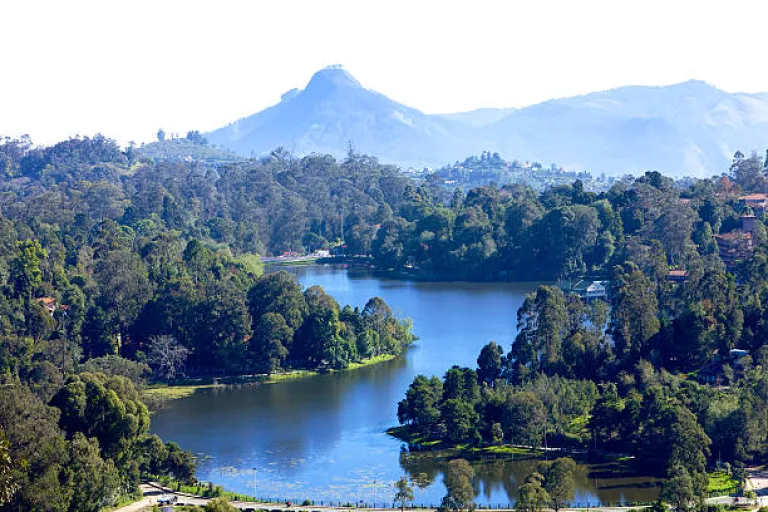
These misty South Indian hill towns are wrapped in clouds during monsoon, but underneath that charm is a serious risk. The winding roads to Kodaikanal, Ooty, and Coonoor become slippery, and landslides are not uncommon.
Why Avoid:
Driving in poor visibility and rain-soaked ghats is not for the faint-hearted. Fallen trees and power outages are frequent.
Visit Instead:
Plan a winter escape from October to February, when the skies are clear, and the views stretch for miles.
Also read: Discover Ooty's Charm: 15 Must-Visit Spots to Include in Your Itinerary
7. Mumbai’s Coastal Areas: Waves That Don’t Welcome
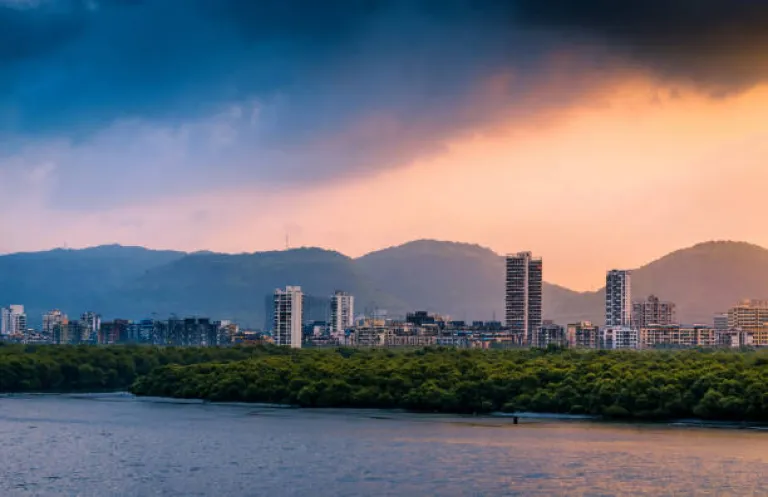
While Mumbai turns poetic in the rain, its coastline becomes hostile. High tides batter the shore, beaches are closed off, and flooding cripples transportation.
Why Avoid:
Weekend treks to nearby forts like Lohagad or Kalavantin become dangerous due to slippery rocks and limited rescue access.
Travel Tip:
Stick to city explorations, indoor cafes, art museums, and monsoon drives only on well-maintained highways.
8. Bihar & Eastern Uttar Pradesh: Floodplains Turned Islands
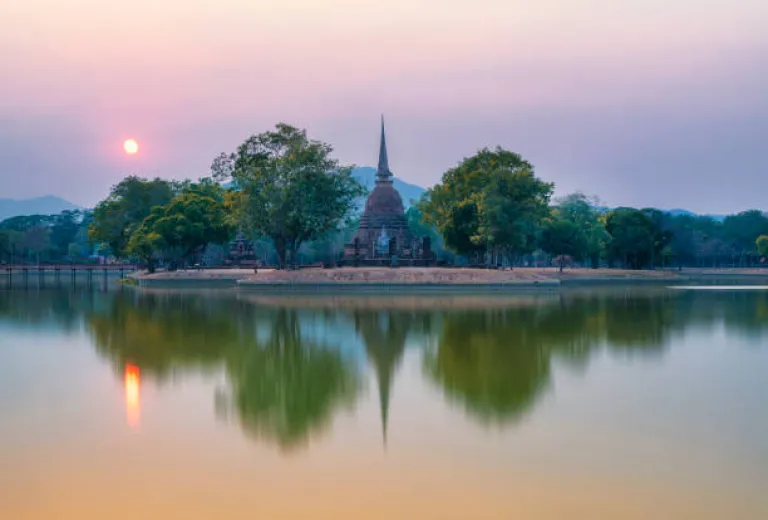
The plains of Bihar and eastern UP are known to flood during monsoon every single year. Rivers like the Ganga, Ghaghara, and Kosi swell to dangerous levels, affecting villages and cities alike.
Why Avoid:
Disrupted train services, submerged roads, and a high risk of waterborne diseases.
Visit During:
Winter months, between November and February, to explore spiritual and heritage circuits like Bodh Gaya, Sarnath, and Varanasi.
9. Kaziranga National Park, Assam: Gates Closed, Nature Rests
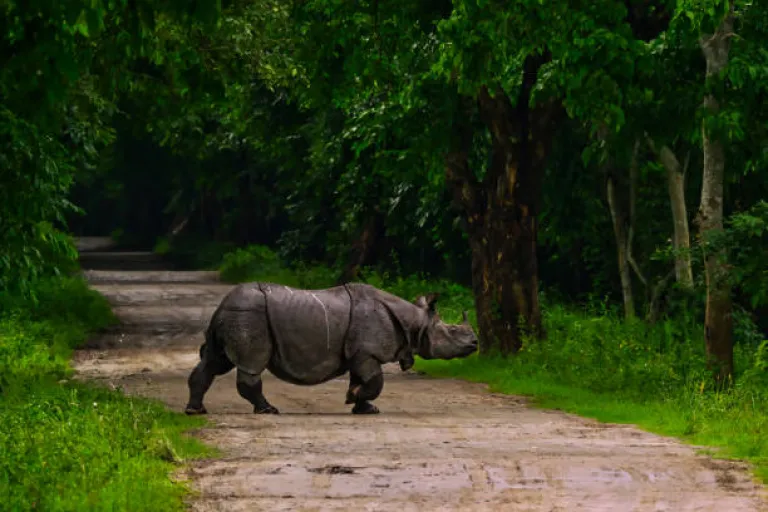
Home to India’s iconic one-horned rhinoceros, Kaziranga National Park closes its doors during the monsoon. Heavy flooding forces wildlife to migrate, and all safari operations are suspended.
Why Avoid:
Even if you're allowed entry, poor visibility and marshy trails mean zero sightings and wasted travel.
Return In:
November to April, when the park is teeming with wildlife and the experience is truly rewarding.
10. Andaman & Nicobar Islands: Paradise Interrupted
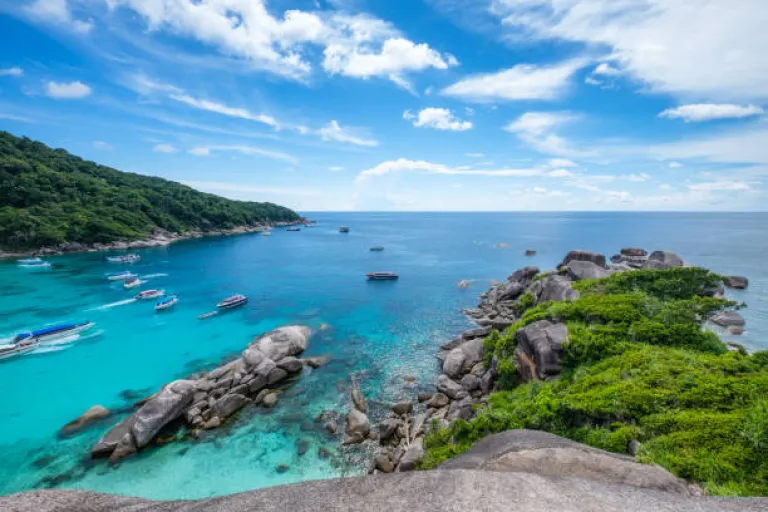
Though picture-perfect all year round, Andaman is best avoided in monsoon. Rough seas, strong winds, and unpredictable storms mean ferry cancellations, ruined beach days, and poor diving visibility.
Why Avoid:
Sea travel between islands may stop for days, and adventure sports like snorkeling and scuba diving are suspended.
Best Time to Visit:
Between November and April, when calm waters and sunny days create postcard moments.
Also read: The best 7 day Andaman itinerary for first timers
Let the Rain Fall Where It Must
India’s monsoon is a blessing, but one that must be understood and respected. Some places bloom with the rain; others bend under its weight. And for every valley you long to visit now, there’s a better season waiting patiently.
Being a wise traveller means knowing when to go but also, when not to.
Also read: 8 Essential Travel Tips For Monsoon Trips
Final Thoughts: The Road Will Wait
Adventure doesn’t always mean defiance. Sometimes, it means staying still. Some roads are worth postponing, and some destinations reveal their true beauty only when the skies are kinder.
So hold off on the trip today because the waterfalls will still thunder tomorrow, and the mountains, like memories, will wait for your return.
Travel wisely, travel later because not every journey is meant for the rain.
Published at
About Author
Prerna Dixit
Subscribe our Newsletter
Get our weekly tips and travel news!
Related Posts
10 Amazing New Attractions in Singapore - Indian Travelers Guide 2025
Explore the new yet amazing attractions of Singapore
10 Best Beach Resorts in Karwar Karnataka - 2024
Escape to the tranquil beaches of Karwar, Karnataka, where luxury resorts offer a serene retreat amidst nature's pristine beauty.
10 Best Places to Visit in Mahabalipuram, Tamil Nadu
Explore the 10 Best Places to Visit in Mahabalipuram, Tamil Nadu – where ancient temples, rock-cut sculptures, and serene beaches meet!
10 Common Mistakes Every Traveler Makes
Indian travelers often overpack, skip travel insurance, and neglect local customs. Embrace light packing, smart planning, and cultural respect for a smooth and unforgettable trip.
10 Cool Summer International Destinations
Beat the Indian heat with these 10 cool summer international destinations that promise refreshing getaways and unforgettable experiences.
Latest Posts
India's First Sunrise Festival Opens at Dong Valley, Arunachal Pradesh
Experience the nation's first rays of 2026 with sacred rituals, treks, and cultural celebrations from December 29 to January 2.
Adventure Tourism in India Grows Over 20% in 2025: Trekking to Skydiving
From Himalayan treks to Swiss alpine kayaking, Indians embrace thrilling experiences across all age groups.
Bengaluru vs Mumbai - Which City Has A Better Night Life?
Bengaluru's chill craft beer vibe or Mumbai's high-energy all-nighters? Find out which city wins the nightlife crown!
India Extends e-Tourist Visa Validity to 4 Months from December 2025
International travelers can now apply 120 days before arrival, making trip planning easier.
What To Try In The Brand New Magnolia Bakery In Gurgaon?
New York’s iconic Magnolia Bakery is now in Gurgaon! Here’s your guide to the best banana pudding, cupcakes, and more.

